Breast lift surgery (clinically called “mastopexy”) not only restores your breasts to a perkier, shapelier state—it can also renew patients’ self-confidence and enhance their body image. If you’re wondering how to fix sagging breasts (and why it happens in the first place), this guide is here to help.
Why Are My Breasts Sagging (and How Can a Breast Lift Help)?
While many consider firm, perky, and round breasts to be the norm, it’s very common for a woman to experience sagging at some point in her life. Breasts can develop ptosis, or start to sag, for the following reasons:
Congenital: Some girls’ breasts sag and have downward-pointing nipples from the time of puberty. These patients are often self-conscious about the appearance of their breasts. Surgical treatment such as a breast augmentation with mastopexy (breast lift) will not only improve the appearance of the breasts but usually will also improve the patient’s body image, self-esteem, and social development.
Post-pregnancy: Breasts become engorged during pregnancy and nursing, then decrease in size and often droop afterward. The problem is usually worsened with each pregnancy, and patients are often bothered by the loss of their previously pert breasts. A breast lift or augmentation mastopexy will create perkier, more youthful-looking breasts and allow these patients to feel more comfortable with their bodies. In turn, this can also provide a psychological lift.
Weight loss: With weight gain, the skin and support structures of the breast stretch. With weight loss, sagging occurs if the tissues do not have enough elasticity to regain their shape. A mastopexy or augmentation mastopexy will often help correct this.
Aging: The skin and support structures of the breast lose their tone and elasticity over time. Gravity causes these tissues to stretch and the breasts to sag. A mastopexy or augmentation mastopexy will allow the breasts to look more youthful.
The Degree of Sagging and Other Factors To Consider
Plastic surgeons use a classification system to categorize the degree of breast sagging, or ptosis, as shown in the schematic below. This classification system helps me determine which breast lift options are best for an individual based on the extent of their breast ptosis.
Breast Ptosis Diagram: Measuring Your Degree of Sagging
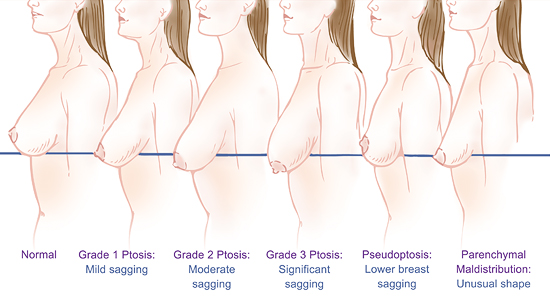
- A normal breast has the nipple and parenchyma (glandular tissue and fat which compose the breast) sitting above the inframammary fold, or the crease underneath the breast.
- Grade 1 ptosis is mild sagging in which the nipple lies at the level of the inframammary fold and the parenchyma below it.
- Grade 2 ptosis is moderate sagging in which the nipple lies below the level of the inframammary fold but remains above the lowest hanging (or most dependent) part of the parenchyma.
- Grade 3 ptosis is severe sagging in which the nipple lies well below the inframammary fold and lies at the lowest hanging part of the parenchyma along the inferior contour of the breast.
- Pseudoptosis is not true ptosis, because the nipple lies above or at the level of the inframammary fold. However, the majority of the breast parenchyma has descended below the level of the fold.
- Parenchymal maldistribution involves a lack of fullness in the lower portion of the breast, a high inframammary fold, and a relatively short distance from the fold to the nipple, seen in conditions such as a tuberous breast.
Watch this animated video to learn more about how breasts can begin to sag.
What Happens During a Breast Lift?
Based on your degree of ptosis, your plastic surgeon will select the most appropriate incision pattern to enhance your breasts. Breast lifts correct sagging by first removing the excess, stretched skin and tissue. The remaining skin is tightened, the breasts are moved higher on the chest wall, and the parenchyma is carefully reshaped.
Your surgeon may also reduce the size of your areola and reposition your nipples for a more natural, cosmetically pleasing placement. If you are combining your procedure with a breast augmentation, implants will be inserted to enhance volume, particularly fullness in the upper pole of the breast (the area which creates cleavage).
If you would like to explore options for how to fix your sagging breasts, request a consultation using our online form, or call us at (201) 967-1212 to schedule an appointment.


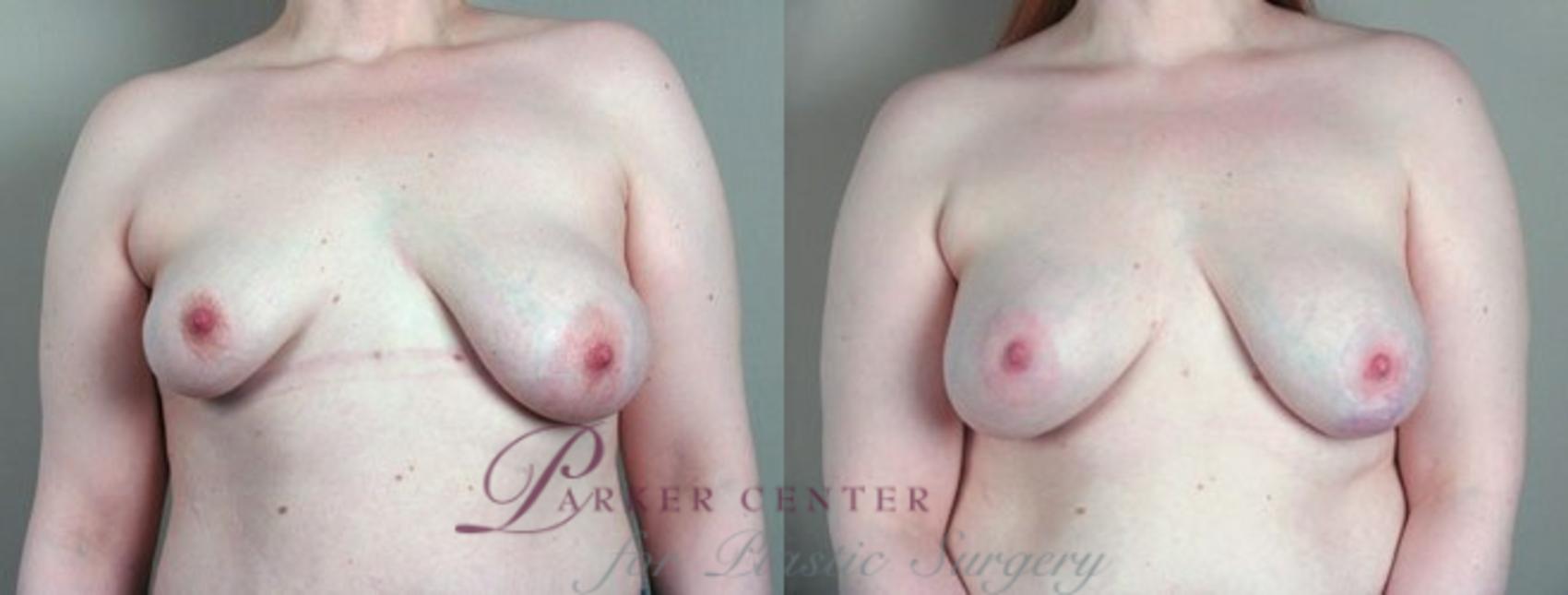


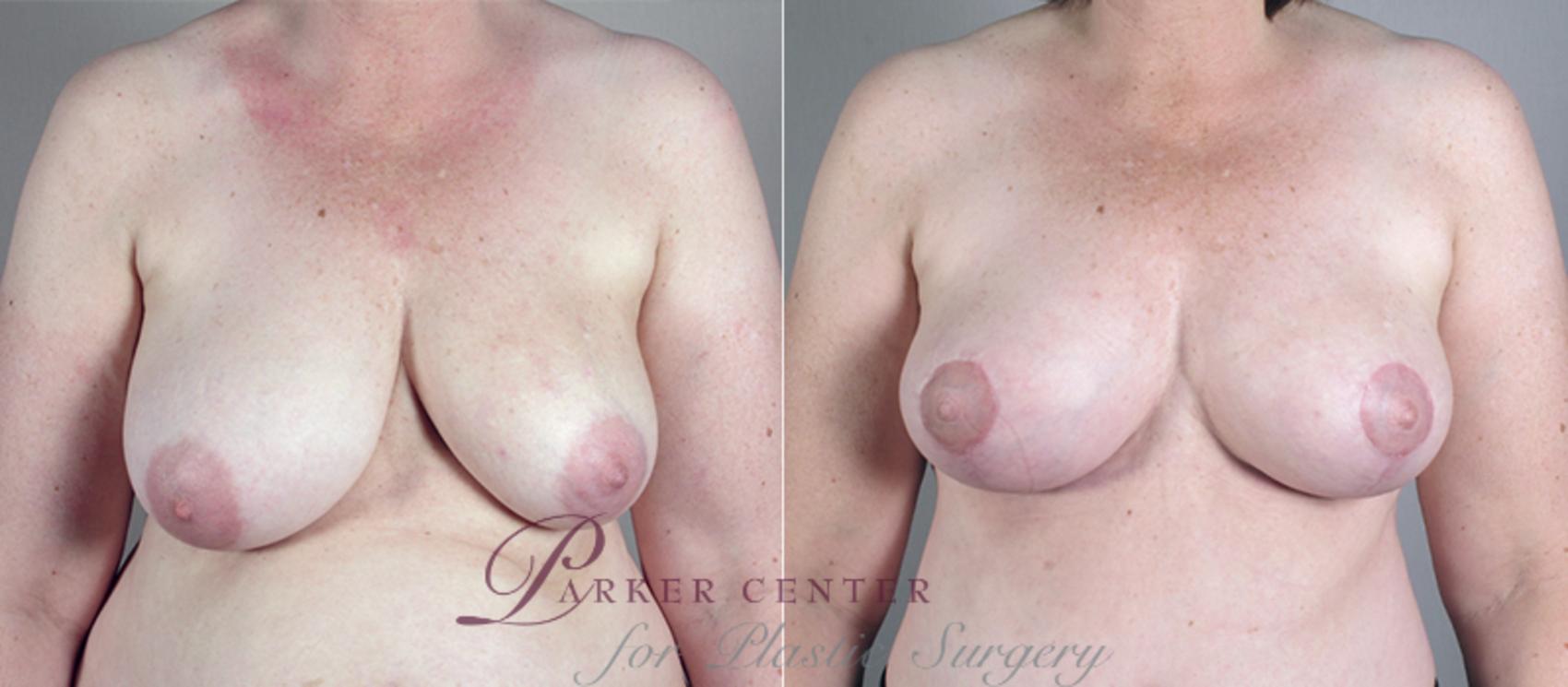

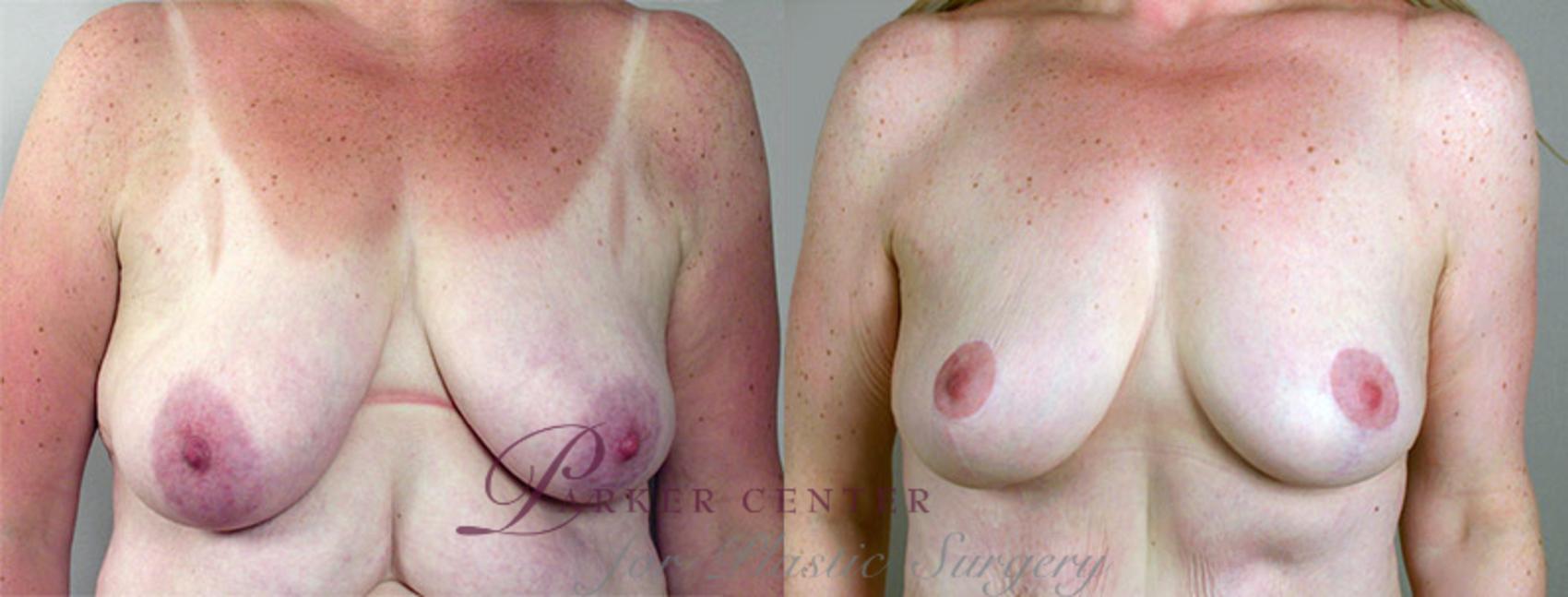
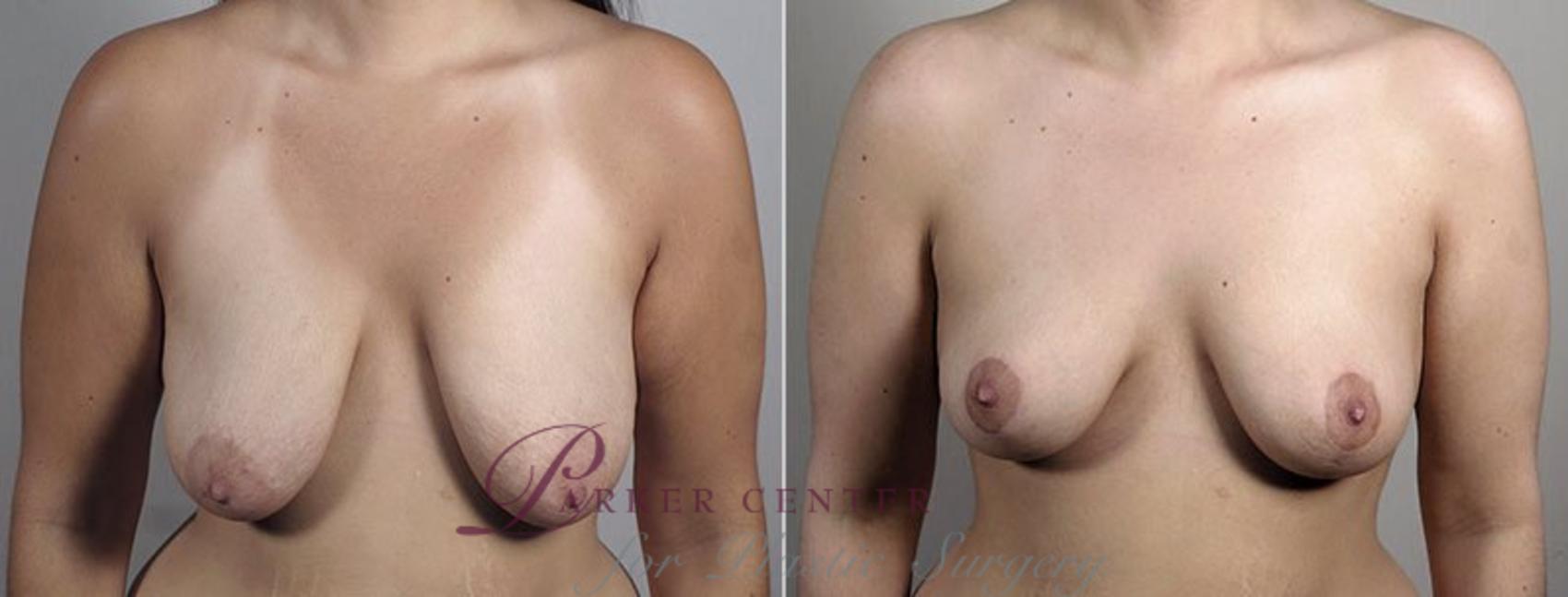
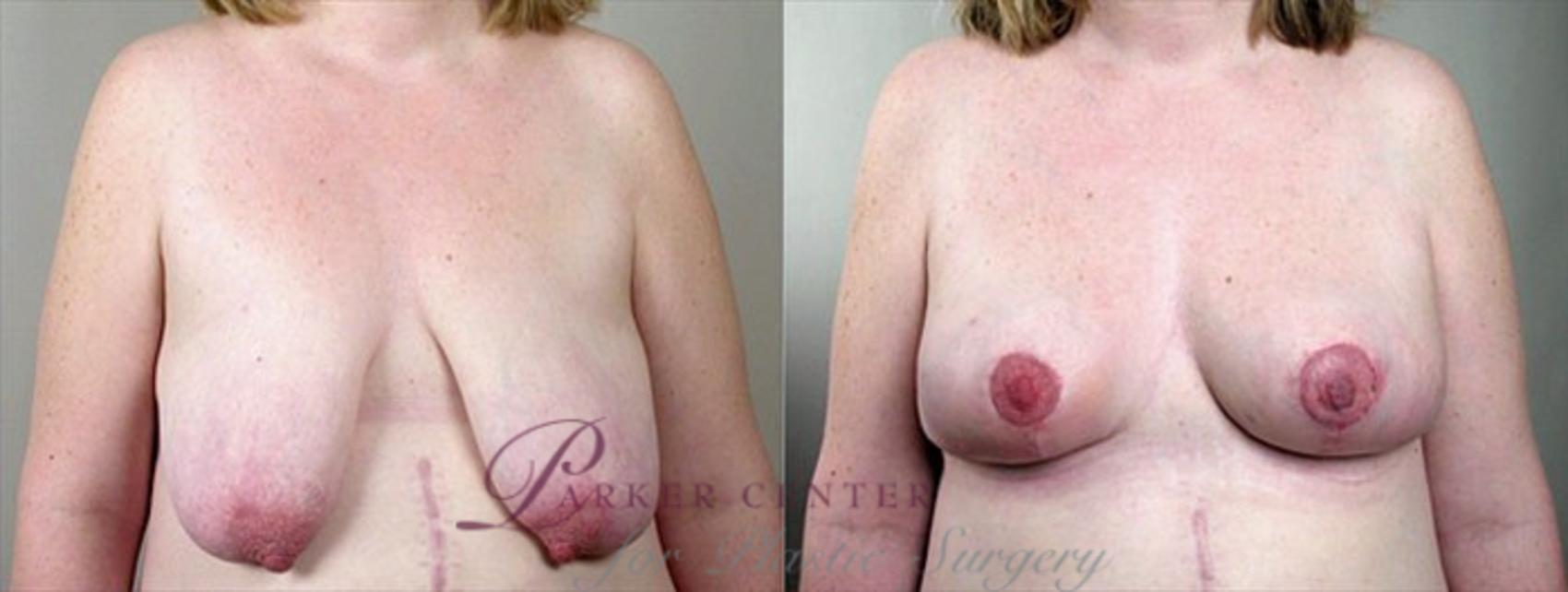
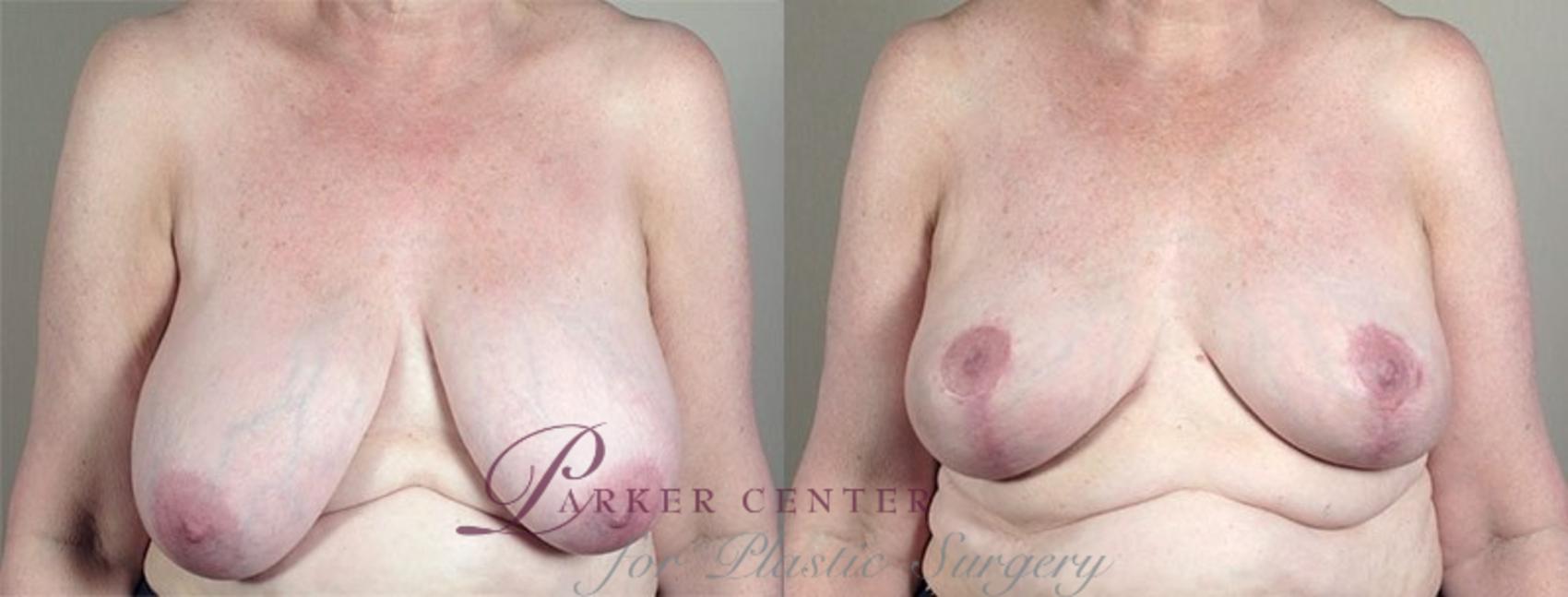
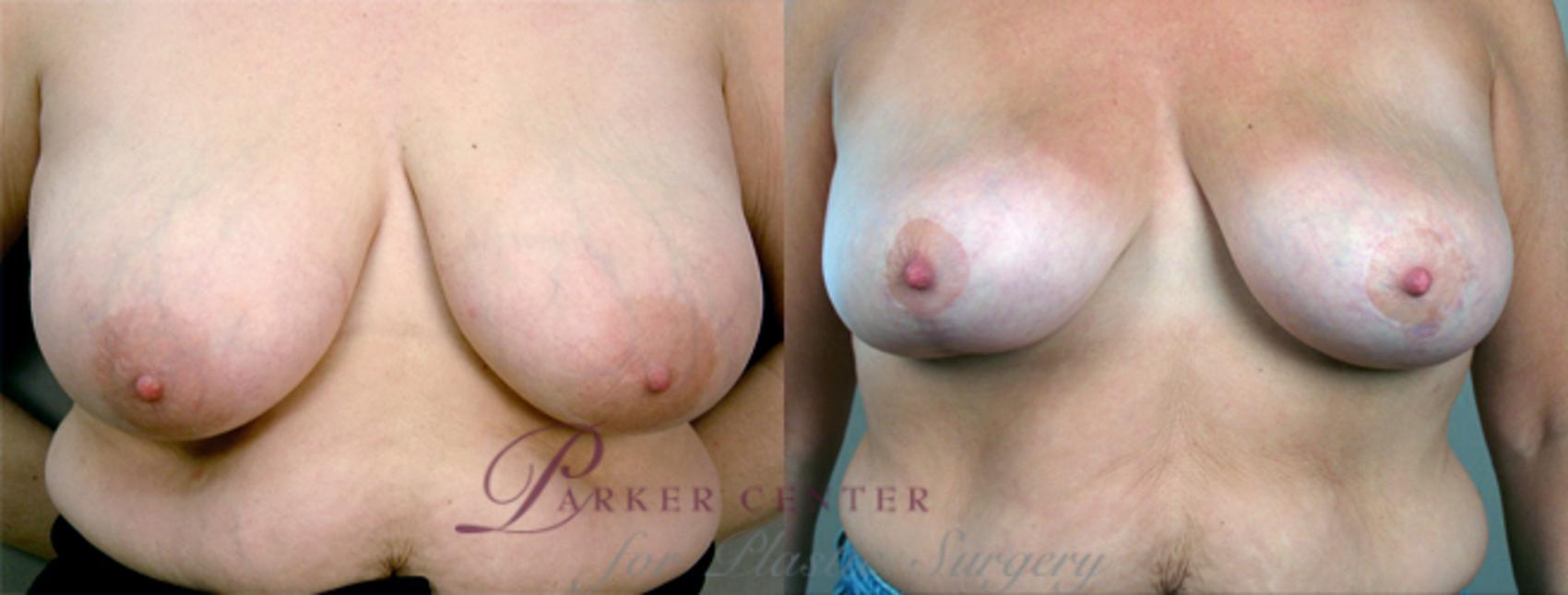
Leave a Reply